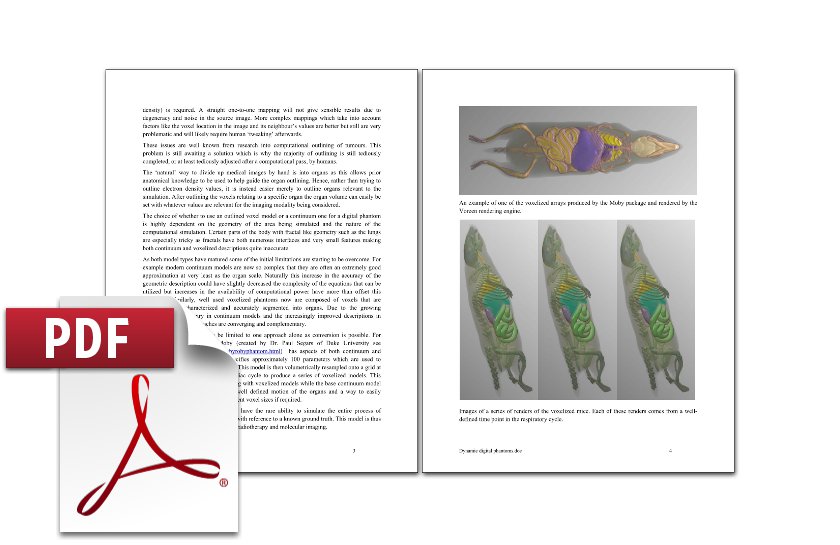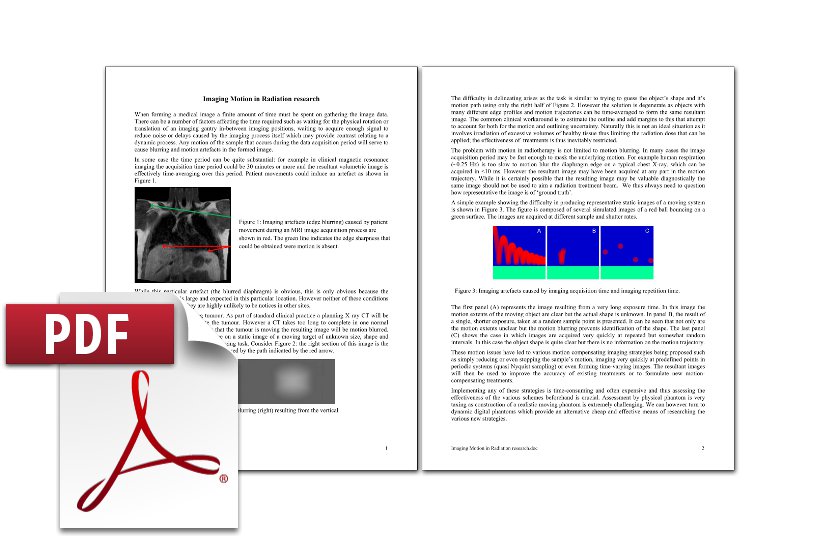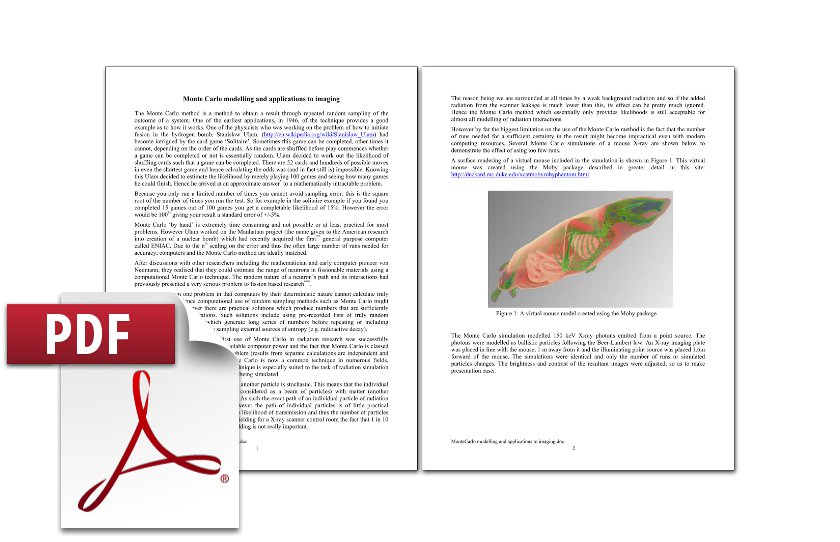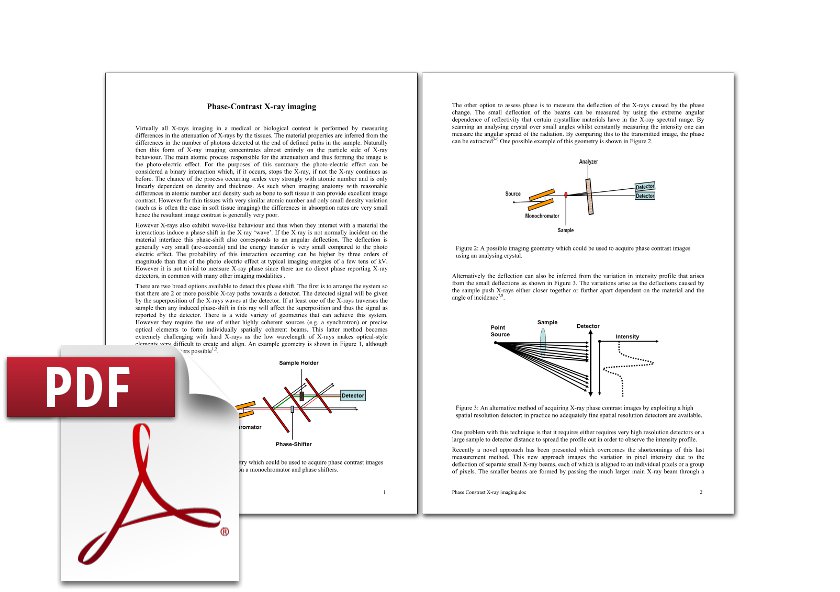Photon Micro-Irradiation
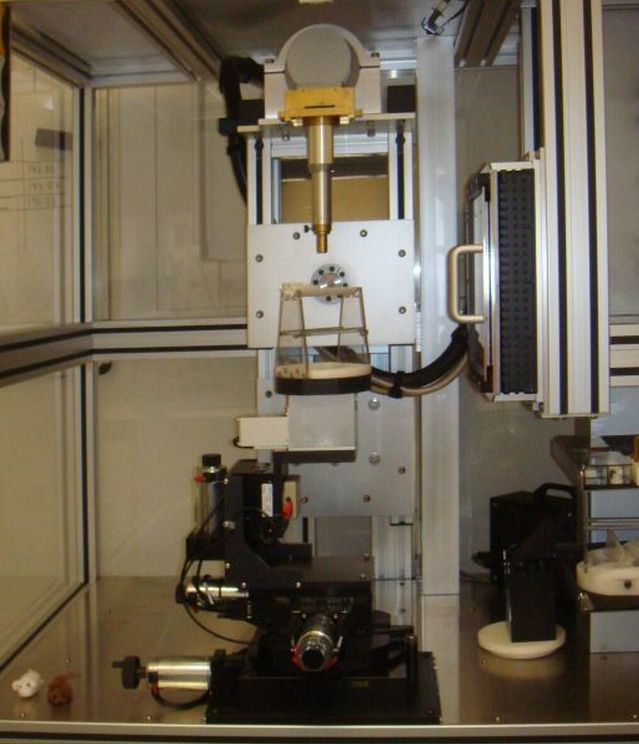 |
This Small Animal Radiation Research Platform (SARRP) offers an improvement over standard kit through the combined use of a precisely aligned and defined treatment beam and a volumetric treatment-time imaging system. Image guided alignment to a sharp beam allows high accuracy, smaller treatment margins and thus lower normal tissue damage. As the targeted organ may often have a size of <1 mm in one dimension these are substantial improvements. |
Further Reading
|
The performance of an X-ray imaging system can be investigated with a test object called a phantom but for completely reproducible testing whole systems can be simulated in a computer. For this digital phantoms are required. Furthermore, dynamic phantoms can be simulated to explore the effects of patient breathing etc. |
Imaging Motion in Radiation research When forming a medical image a finite amount of time must be spent on gathering the image data. There can be a number of factors affecting the time required such as waiting for the physical rotation or translation of an imaging gantry in-between imaging positions, waiting to acquire enough signal to reduce noise or delays caused by the imaging process itself which may provide contrast relating to a dynamic process. Any motion of the sample that occurs during the data acquisition period will serve to cause blurring and motion artefacts in the formed image. |
|
Monte Carlo modelling and applications to imaging Simulating X-ray imaging systems requires advanced computing techniques. Monte Carlo modelling is a method of solving difficult problems such as these in a probabilistic manner. |
Rather than using the traditional method of imaging by X-ray attenuation, the wave nature of X-rays may be exploited in a new form of imaging where contrast is produced by phase differences. |
|
Description and pictures of the standard Small Animal Radiation Research Platform (SARRP). |


